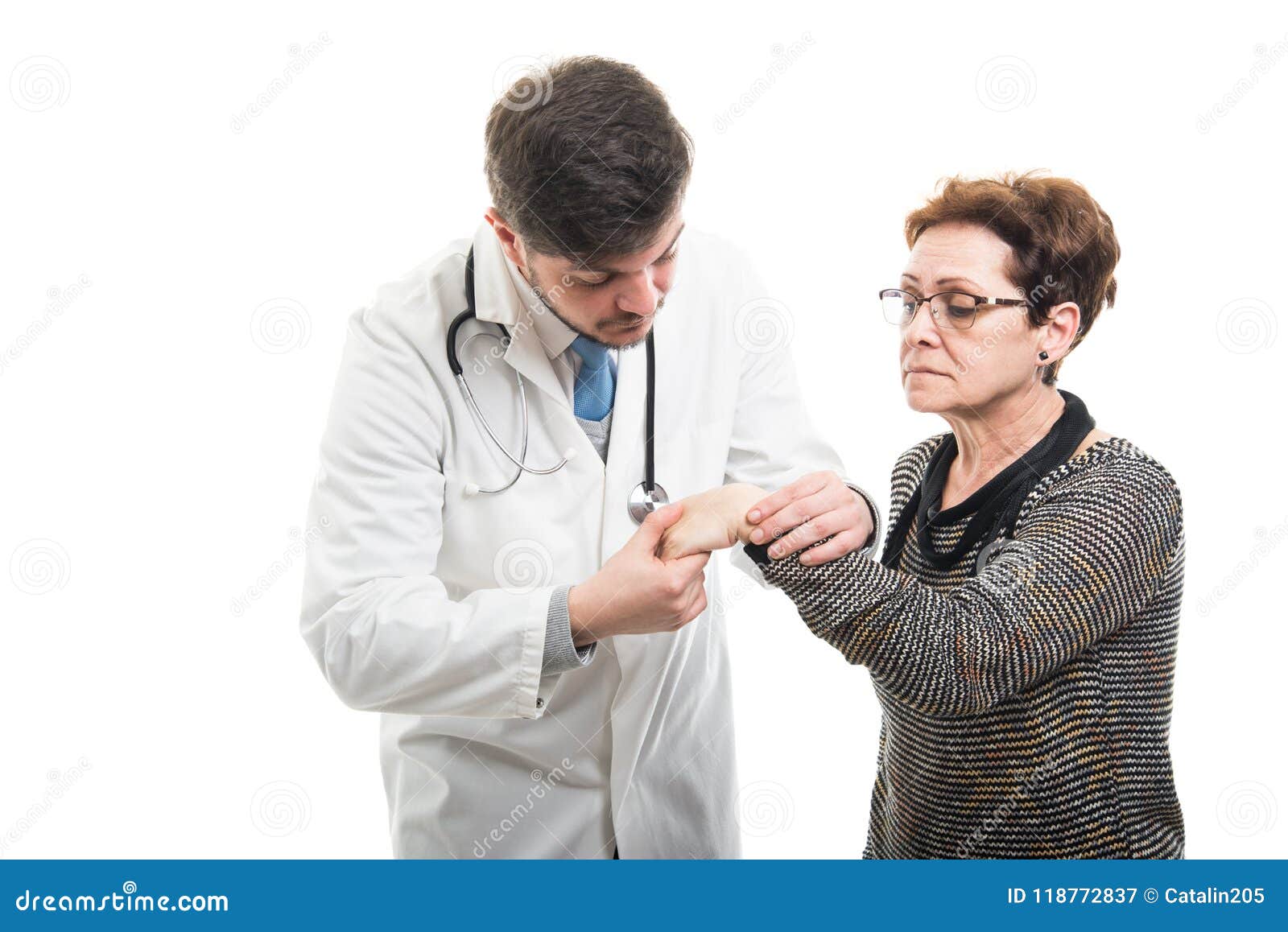

They may be more reluctant to accept a chaperone, feeling this is disloyal in some way to the doctor. Interestingly, a longstanding patient with whom you have a mutual rapport built up over a long period of time may feel increased vulnerability regarding intimate examinations. This highlights the prudence of early discussion about this concern in order to reduce the impact on the patient. In the case of Scenario B this may be more awkward particularly as the reason is that she is becoming uncomfortable with the nature of the doctor-patient relationship. (2) In both scenarios above, the doctor must explain their concerns to the patient and, if the patient continues to refuse a practice chaperone, document the reasons for this. In this case, attempts should be made to agree an acceptable alternative with the patient. (1) It is important to understand why the patient is refusing a chaperone as it may be that you could resolve these concerns to the patient’s satisfaction.įor example, the concern may be about the identity or the role of the individual you are proposing as the chaperone. Where that patient is being examined by a female GP, he may also be reluctant to have a second female in the room. This can be a particular issue for male patients where a practice is unable to provide a male chaperone. Patients refuse chaperones for a number of reasons, the most common being increased embarrassment that another person will witness the examination. It is likely that both of the situations described above are clinically ‘urgent’ but there are more options available to the doctor. The guidance also states that: “ You may wish to consider referring the patient to a colleague who would be willing to examine them without a chaperone, as long as a delay would not adversely affect the patient’s health.” So if the need to examine the patient is clinically urgent this takes precedence over any concerns the doctor may have about a lack of chaperone. Ultimately the patient’s clinical needs must take precedence.” In addition, their guidance for doctors on Intimate Examinations and Chaperones (2013) states that: ”if you don’t want to go ahead without a chaperone present but the patient has said no to having one, you must explain clearly why you want a chaperone present. If you assess, diagnose or treat patients, you must…where necessary examine the patient.“ In their core guidance Good Medical Practice, the GMC state that doctors ”must provide a good standard of practice and care. This could be the case in Scenario A which presents the further (albeit unlikely) risk that the friend could corroborate a malicious allegation against a well-meaning doctor. The result could be a male doctor being generally reluctant to carry out intimate examinations on female patients. Whilst allegations of inappropriate examination happen to both males and females, by both males and females, evidence suggests a higher rate of allegations against male doctors by female patients.

FEMALE CHAPERONE MALE PATIENT PROFESSIONAL
In addition, there may be concerns the patient has an interest in the doctor outside their professional relationship – as in Scenario B above.

patients who are known to have previously suffered rape or sexual abuseĬoncerns might arise if the patient has a history of violent behaviour – particularly in an out-of-hours or domestic setting.

Some of the reasons GPs give for feeling discomfort around carrying out an intimate examination on a patient without a chaperone present are focussed around the vulnerability of a patient. Why might these doctors feel uncomfortable? The patient refuses a chaperone and proceeding with the examination concerns her as he made some personal comments about her appearance at the previous consultations which has caused her to feel boundaries are blurring. Scenario B: The female GP in a consultation with a male patient with whom she has begun to feel a little ill at ease over the past few consultations and is now presenting with symptoms indicating the requirement of a testicular examination. The patient insists that she would prefer her friend to remain with her during a required breast exam and refuses the offer of a practice chaperone. Scenario A: What about the male GP who consults with a teenage patient who has brought her friend along for moral support. Particularly those cases where a doctor has felt some discomfort about carrying out an examination without a colleague chaperone, has offered a chaperone to the patient, but then the patient has refused. My recent blog on offering chaperones when undertaking intimate examinations sparked some discussion here over cases we have encountered.


 0 kommentar(er)
0 kommentar(er)
